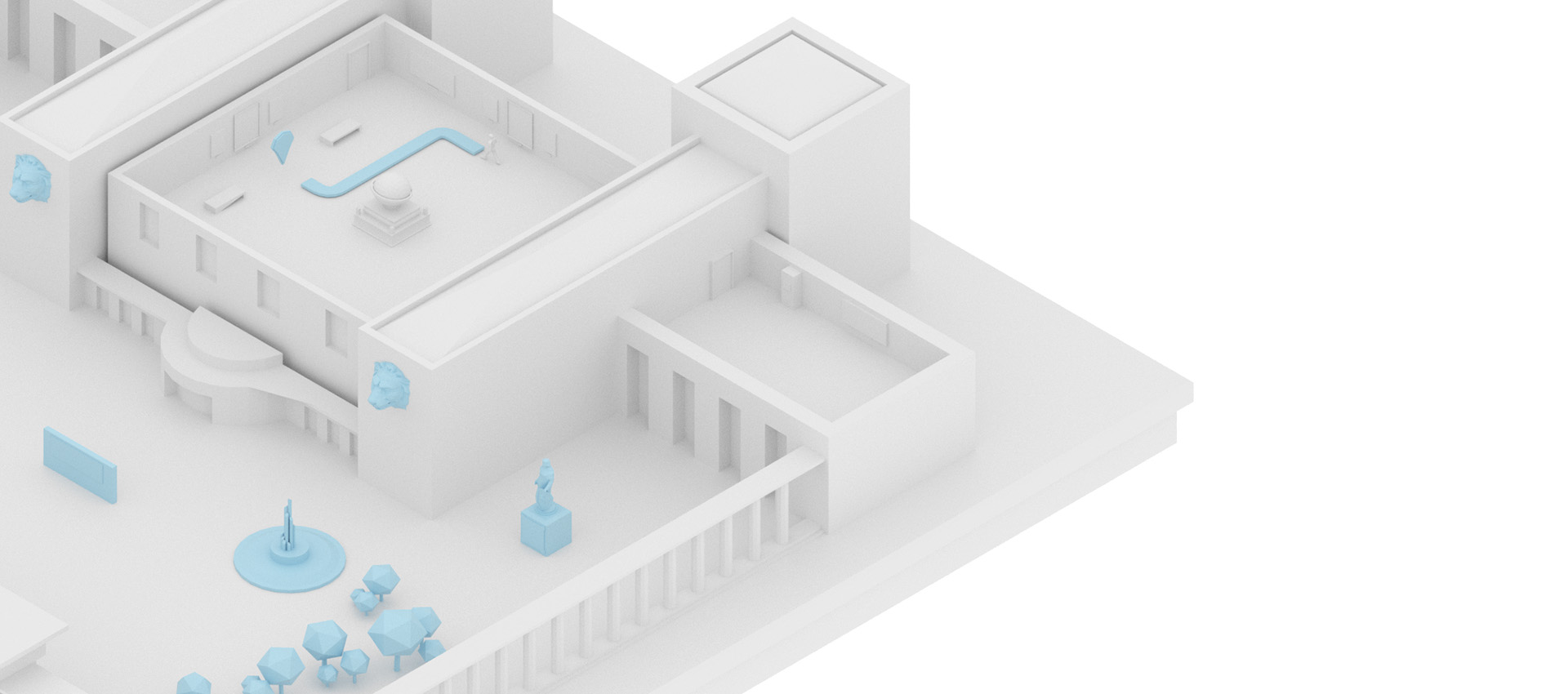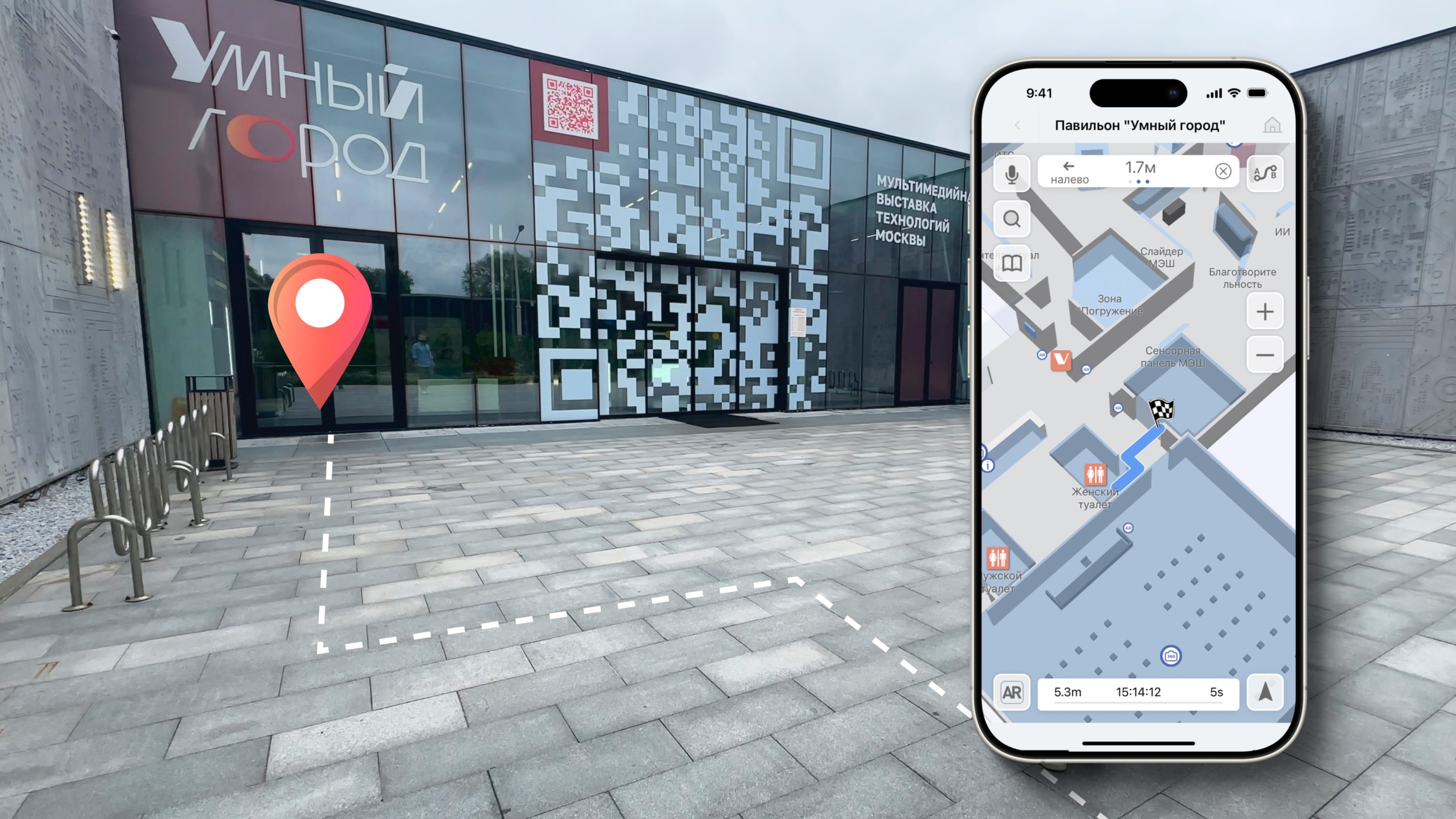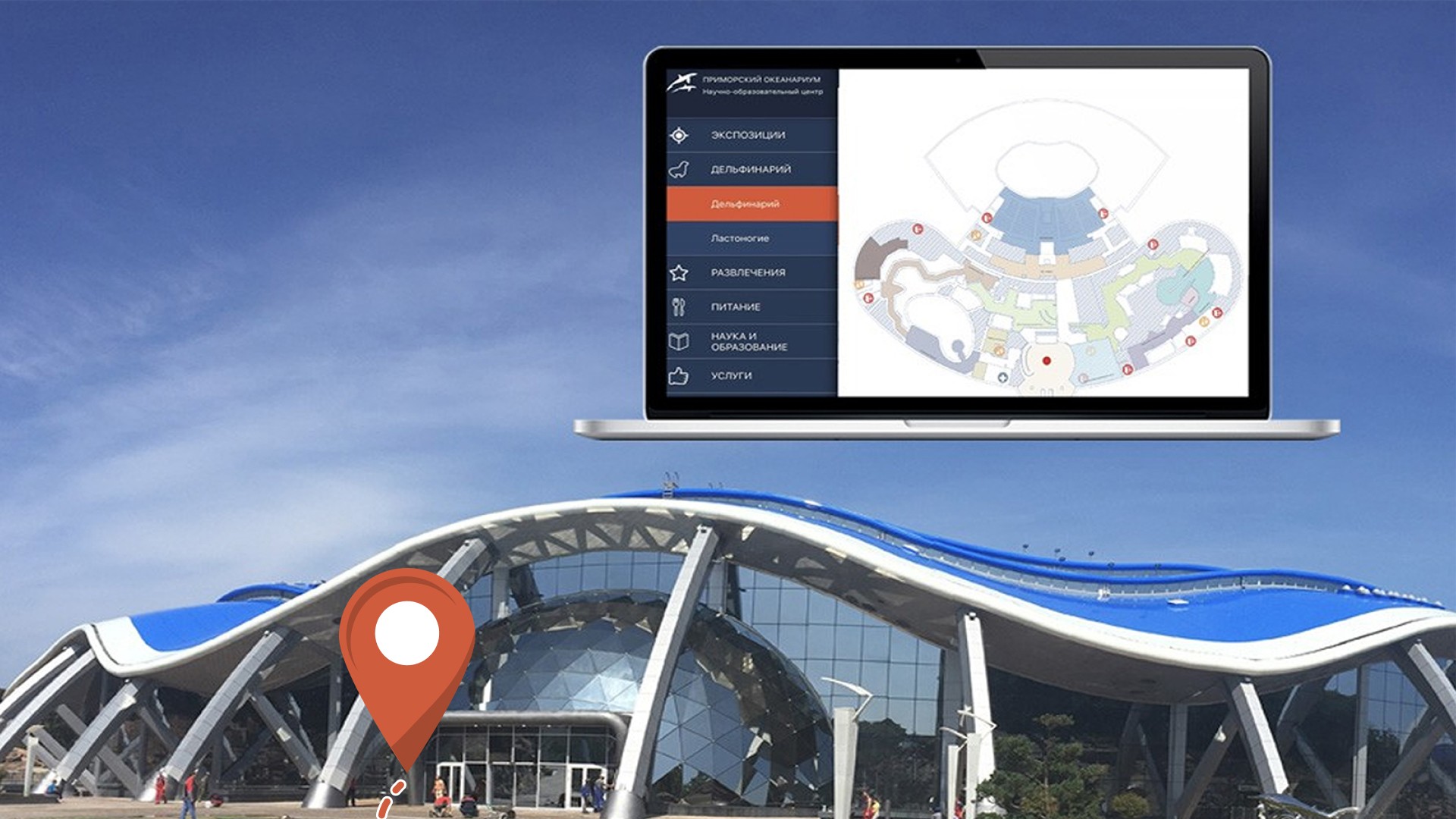
Navigation in the museum
The largest museums in the world use modern technologies to attract visitors to the main expositions and temporary exhibitions, work with a new youth audience, making it more loyal and interested in visiting.
The digitalization of the museum and the introduction of a geographic information system with the ability to navigate through exhibitions has long been the norm with modern technology development.
Digital audio guides are transferred to mobile applications and do not require the purchase of additional equipment, they automatically turn on when a visitor approaches the exhibits.
The use of AR navigation through exhibitions makes visiting the museum not only more exciting, but also opens up additional opportunities for content visualization.
The introduction of new digital services not only has a positive effect on the museum's image, but also reduces operating costs.
Advantages for the museum:
Improving the quality of service and popularizing the museum:
Reaching modern standards of exhibition and museum work, increasing the level of visitor loyalty
The museum's digital twin with visualization of operational processes:
Reduction of operating costs and its digitalization
Museum visit statistics:
Detailed analytical information about museum movements and heat maps
An additional source of income for the museum:
Advertising and the sale of multimedia content to visitors through the geo-contextual advertising service
Gamification of museum visits through augmented reality:
AR navigation and game scenarios for exhibition demonstrations
Increase in labor productivity:
Optimizing staff work by monitoring employee movement
Building an audience and attracting online users to the museum:
Integration with social networks and online advertising by mac addresses

Advantages for the visitor:
- A map of the museum in your mobile phone with the ability to get directions to the desired exhibit.
- A convenient communication channel with visitors and useful entertainment services based on augmented reality.
- Audio guide for the museum on your mobile phone.
- Access to the museum's digital content from a mobile phone.
- MGN routes and audio tips for navigating the museum.
Thematic publications on our blog

From history to innovation: navigation using BLE beacons in museums
In the last few years, the ability to implement advanced communication applications and services supported by location information has contributed to the development of systems for locating people and…
A thematic case in our portfolio



Frequently Asked questions about GIS implementation in the museum
What is the Indoors Navigation Platform and why do museums need it?
The Indoors Navigation Platform (INP) is an indoor navigation system that helps museum visitors navigate easily, find exhibits of interest, and get information about them. For museums, INP improves the user experience, makes it easier to manage visitor flows, and creates a more comfortable and interesting space for guests.
What are the advantages of integrating INP in the museum?
INP helps visitors to quickly find the right halls and exhibits, provide information about exhibitions and events in real time, as well as optimize the flow of visitors, preventing congestion. For the museum, this means improving the convenience, increasing interest in the exhibitions and creating a comfortable atmosphere.
How does INP contribute to the museum's educational mission?
The Indoors Navigation Platform allows multimedia materials, including text descriptions, audio guides, and videos, to be integrated into each exhibit, helping the museum provide information in an interactive and engaging way that makes learning more interesting.
Is it possible to adapt the INP for different categories of visitors?
Yes, INP can be configured for different user groups. For example, you can include special routes for children, add information in several languages, or offer customized routes for visitors with disabilities.
Can visitors use INP for self-inspection?
Yes, with INP, visitors can easily find the exhibits they are interested in and find out detailed information about them without the help of guides, which makes visiting the museum more flexible and personalized.
How difficult is the INP integration process in the museum?
Integration usually takes place in stages and includes the installation of navigation equipment, setting up interactive maps and staff training. We are adapting the system to the museum's features to make the implementation process as simple and convenient as possible.
How does INP help improve the experience for foreign visitors?
INP supports multiple languages, which allows foreign visitors to access information about the exhibits in their native language. This makes a visit to the museum more comfortable and informative for an international audience.
What additional features does INP provide to museums?
INP can be used to promote events and exhibitions, collect analytical data on attendance, create individual routes based on the interests of visitors, and even integrate with the museum's ticket system.
